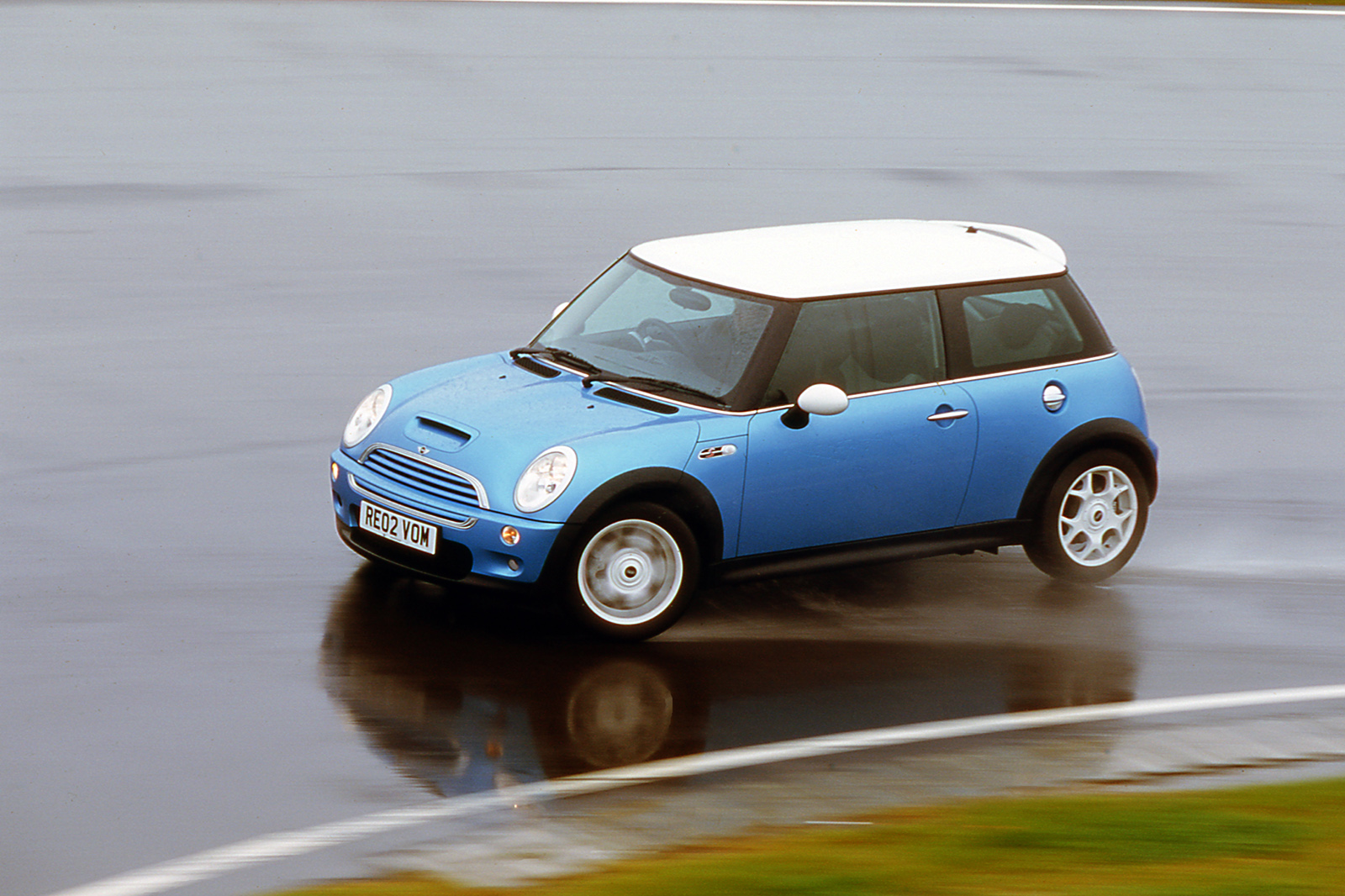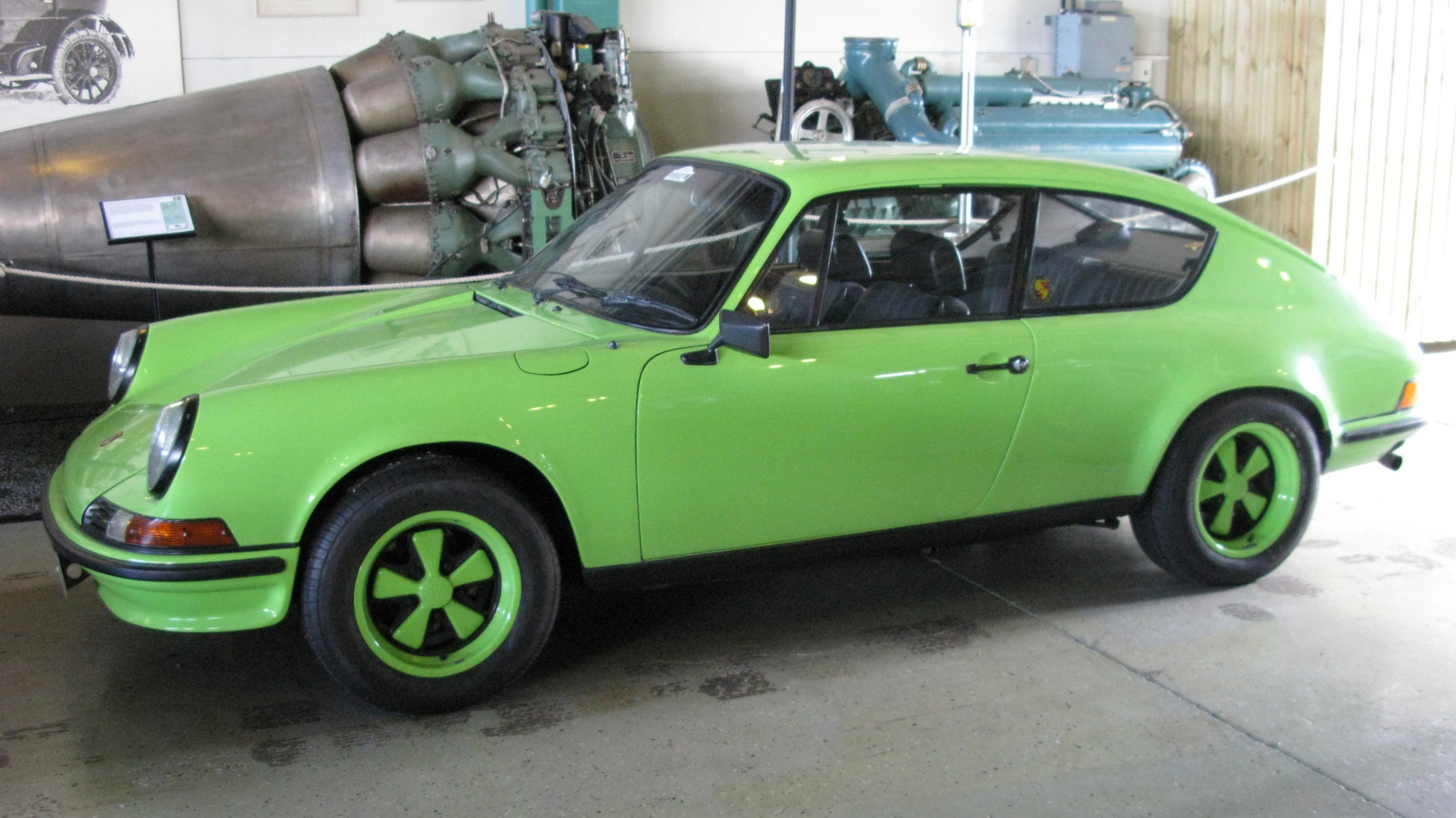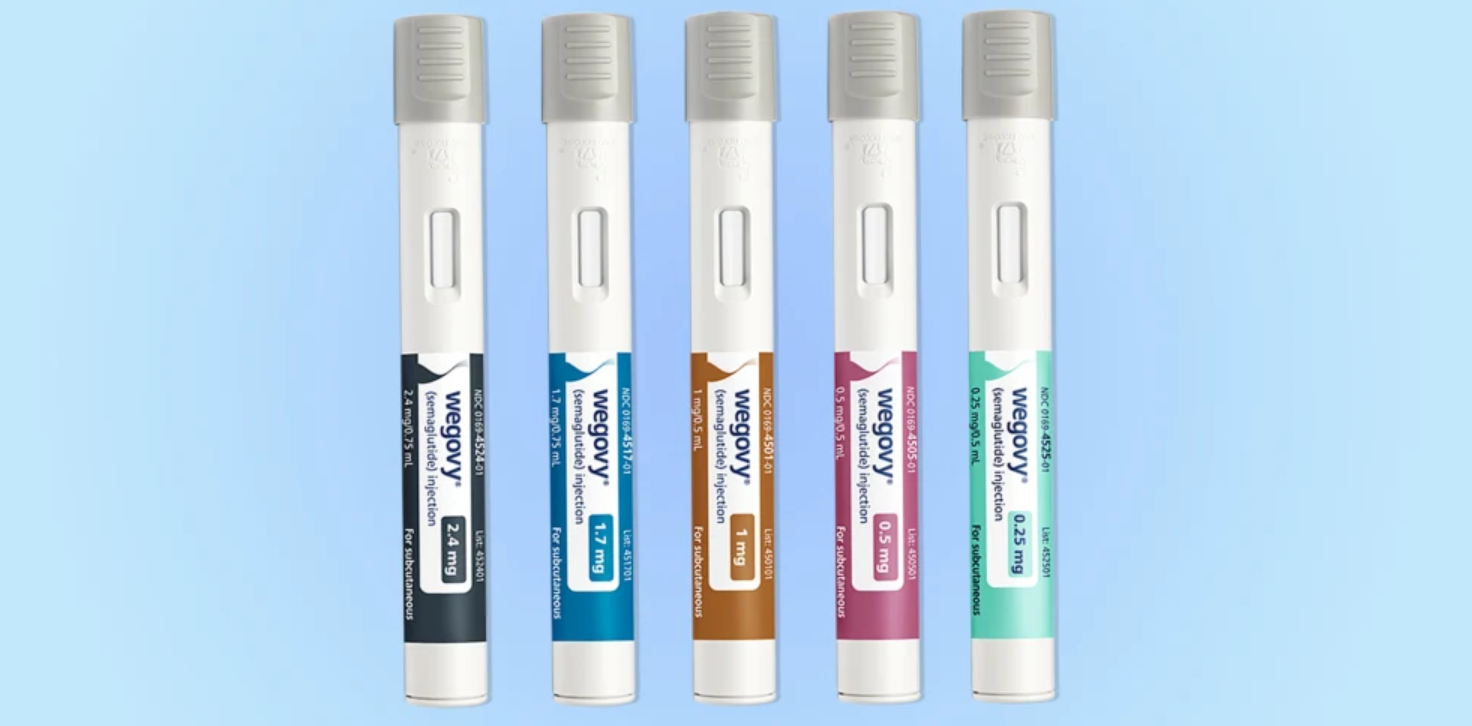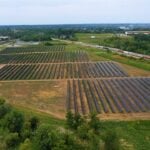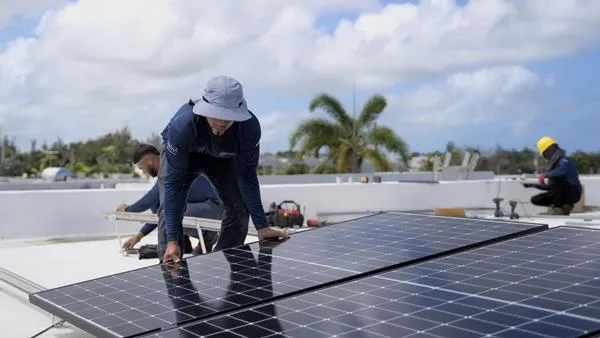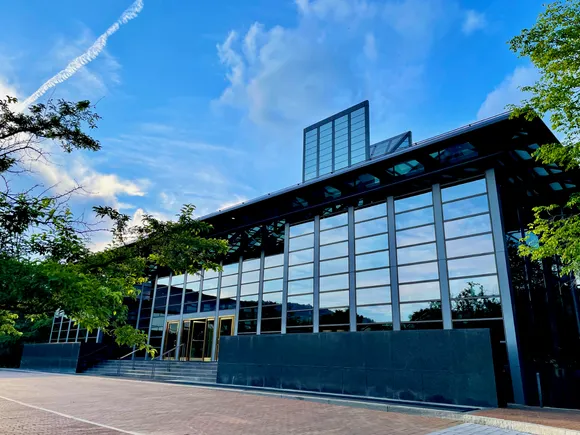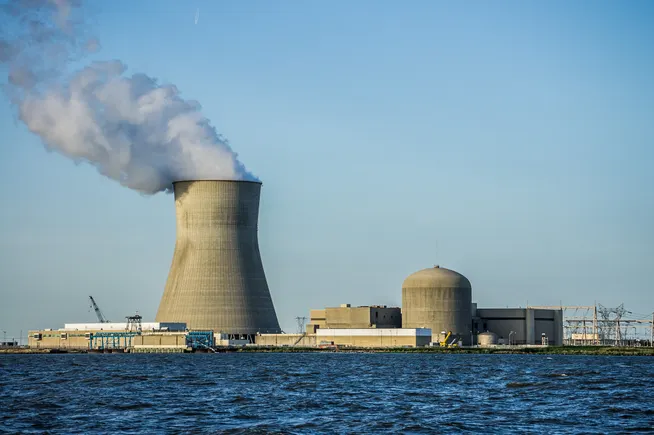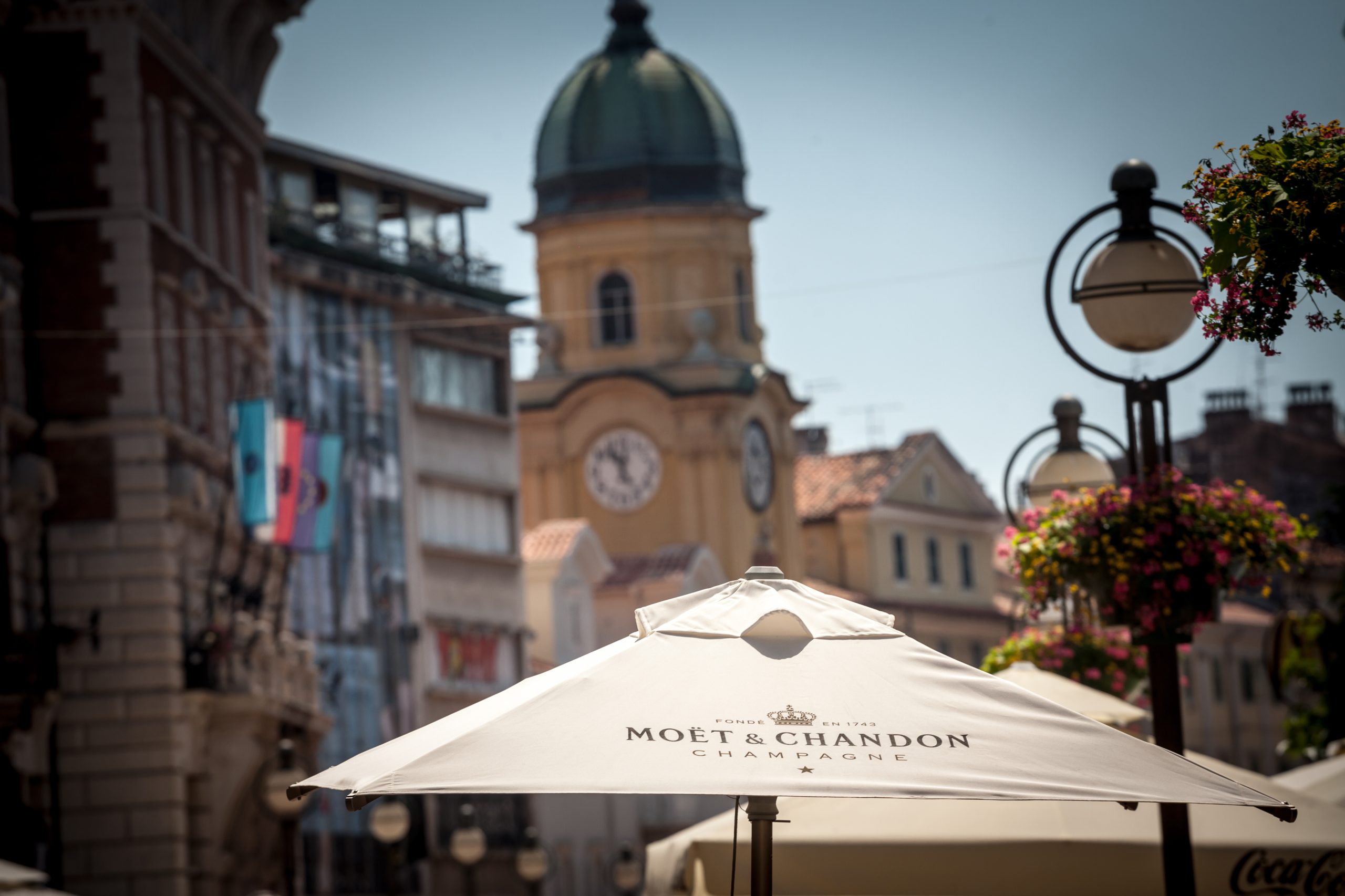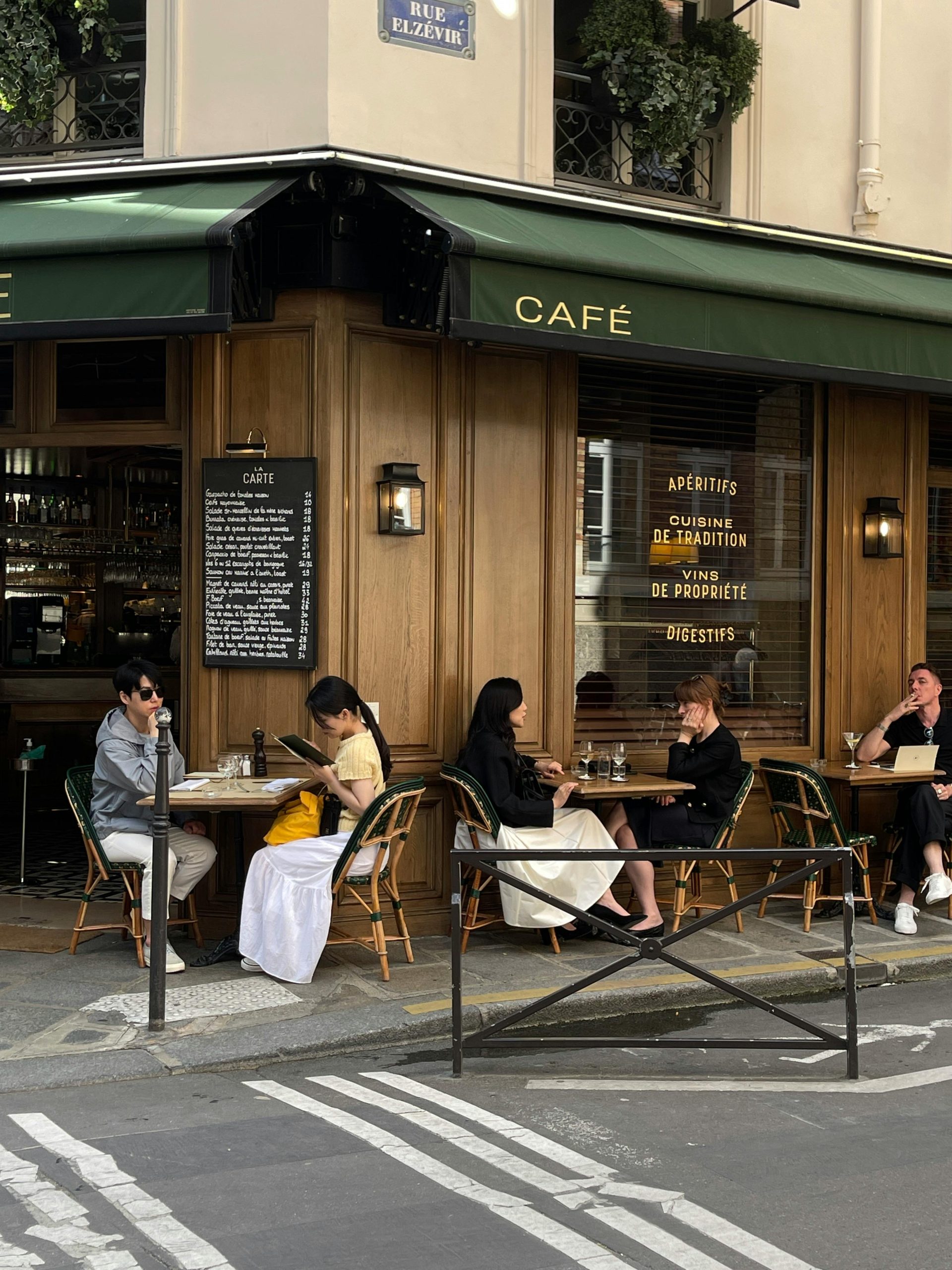db’s Bordeaux correspondent Colin Hay crosses from the left to the right-bank to continue his whistle-stop tour of the 2024 en primeur offerings in Pomerol.
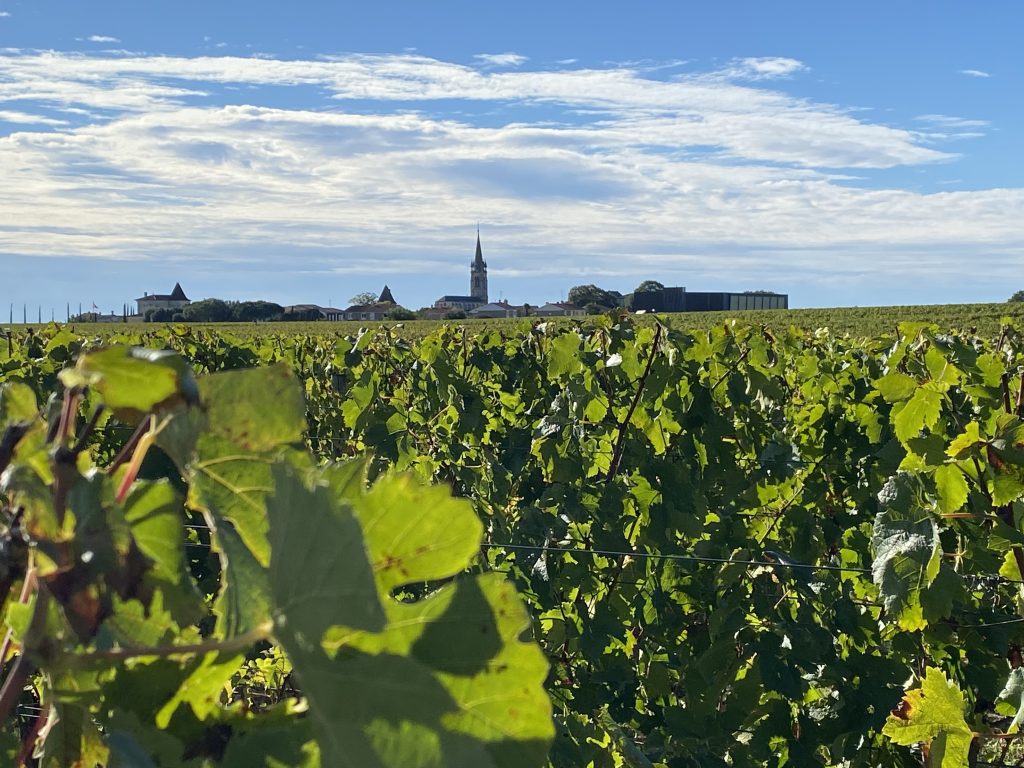
The key to en primeur week is the judicious timing of one’s circumnavigation of Bordeaux’s rocade (ring road) and the passage over the Pont d’Aquitaine that takes you from the Médoc to Pomerol and Saint-Émilion. Get it wrong and it’s at least double the 45 minutes or so that the always over-tight scheduling one sets for oneself permits.
Anyway, through luck or judgement and with just a modicum of stress, we pull up outside the Libourne quayside offices of JP Moueix just about on time. This is always a fascinating tasting, giving an immediate insight into the quality of the vintage on the right-bank. But this year what one notices first, even before collecting a glass, is that there are fewer Pomerols than usual in the line-up. There’s no
Hosanna, no
La Grange à Pomerol and no
La Grave à Pomerol – and the production of
Trotanoy and
Latour à Pomerol also turns out to be vanishingly small.
That already gives us a clue as to the challenges of this most challenging of vintages and to the consequences, even on Pomerol’s hallowed plateau – invariably the exception to any generalised rule about weather-related woes.
Not in 2024. Indeed, the plateau got it tough this year, with both intense mildew pressure and its generally precocious terroirs exposing its vines to what turned out to be a very prolonged and uneven flowering and pollination which started under the most difficult meteorological conditions imaginable.
We already get a flavour of that from Table 1. It shows both the extremely wet growing season after an almost unprecedentedly wet winter and that the plateau of Pomerol was not spared (the comparison with St Emilion is here particularly instructive).
|
Pre-budburst
(November-March) |
Budburst to harvest
(April-September) |
Annual total
(calendar year) |
| Pomerol (plateau)* |
656 (+49.4%) |
418 (+3.1%) |
930 (+10.2%) |
| Saint-Émilion |
608 (+38.5%) |
435 (+7.4%) |
904 (+7.1%) |
| Pauillac |
649 (+47.8%) |
321 (-20.7%) |
824 (-2.4%) |
| Margaux |
860 (+95.9%) |
446 (+10.1%) |
1058 (+25.4%) |
| Pessac-Léognan (Canéjan) |
821 (+87.0%) |
507 (+25.2%) |
1151 (+36.4%) |
| Bordeaux** |
764 (+74.0%) |
480 (+18.5%) |
1245 (+37.7%) |
| 30-year average*** |
439 |
405 |
844 |
Table 1: Rainfall during the vintage (relative to 30-year average)
Source: calculated from Gavin Quinney’s Bordeaux 2024 weather and harvest report and https://www.infoclimat.fr/climatologie/ (* - data supplied by Chateau Petit Village; ** - Graves, Saint-Émilion, Haut-Medoc, Northern Medoc, Entre deux Mers, Bourg & Blaye; *** for Bordeaux-Mérignac alone); château level data provided by the properties themselves.
But it is the consequences of all of this that we are really interested in.
They are laid bare in Table 2 which shows, for a selection of the plateau Pomerols for which I have the data, final yields and the percentage of Merlot and Cabernet Franc in the composition of the grands vins.
| Wine |
% Merlot |
% Cabernet Franc |
Yields (hl/ha) |
| 2023 |
2024 |
2023 |
2024 |
2023 |
2024 |
| La Conseillante |
88 |
80 |
12 |
20 |
43 |
22 |
| Le Gay |
95 |
81 |
5 |
19 |
42 |
18.4 |
| Gazin |
89 |
90 |
4 |
0 |
40 |
23.4 |
| Lafleur |
46 |
45 |
54 |
55 |
-- |
41 |
| Petit Village |
65 |
60 |
25 |
31 |
36 |
20 |
| Le Pin |
100 |
100 |
0 |
0 |
40 |
29 |
| Vieux Chateau Certan |
82 |
71 |
18 |
20 |
43 |
30 |
| La Violette |
100 |
100 |
0 |
0 |
30 |
16 |
| Average |
83 |
78 |
15 |
18 |
39.1 |
24.9 |
|
|
10-year appellation average |
37.8 |
Table 2: Percentage of Merlot & Cabernet Franc in the grands vins and final yield (hl/ha), 2023 and 2024
With the exception of Lafleur (always the exception to any rule!), yields are decimated and the share of Merlot in the final blend (at least where there is Cabernet to draw on) reduced, often significantly.
But what is striking, at the Moueix tasting and more generally, is that the very best of the wines here – almost regardless of the final yield in the vineyard – indicate nothing of the difficulties of the growing season. Yes, they are more homogeneous than they usually are. And, yes, the often somewhat elevated proportions of Cabernet (Franc and Sauvignon) in the final blend give to them an additional aromatic lift and florality. But their typically polished tannins and crystalline mid-palate invite favourable comparison in many cases with rather less challenging vintages.
| |
2020 |
2021 |
2022 |
2023 |
2024 |
10-year average |
% Change |
| Pomerol |
39.8 |
28.9 |
32.3 |
45.2 |
28.4 |
37.8 |
-24.9 |
| Saint-Émilion (GC) |
36.7 |
27.5 |
41.2 |
40.5 |
36.4 |
38.2 |
-4.7 |
| Margaux |
36.3 |
38.6 |
31.3 |
37.7 |
33.1 |
40.3 |
-22.8 |
| St Julien |
34.3 |
35.2 |
34.3 |
50.3 |
32.5 |
37.4 |
-13.4 |
| Pauillac |
37.4 |
35.1 |
34.8 |
47.1 |
29.5 |
41.3 |
-28.6 |
| St Estèphe |
41.2 |
40.7 |
31.5 |
51.6 |
33.6 |
45.2 |
-25.7 |
| Pessac-Léognan |
34.6 |
30.7 |
35.7 |
38.1 |
39.0 |
36.1 |
+8.0 |
Table 3: Average vineyard yield by appellation (hl/ha) Source: calculated from Duanes data compiled by the CIVB Service Economie et Etudes
Highlights in 2024
Best of the appellation:
- Lafleur 96-98+
- Le Pin 96-98+
Truly exceptional:
- Petrus 96-98
- L’Eglise-Clinet 95-97+
- Trotanoy 95-97
- Vieux Château Certan 94-96+
- La Conseillante 94-96
- La Fleur-Pétrus 94-96
- Guillot-Clauzel 94-96
- Les Pensées de Lafleur 94-96
- Petit Village 94-96
- Clinet 93-95+
Value picks:
- Clos du Clocher 92-94+
- Fayat 92-94
- La Petite Eglise 92-94
- Beauregard 91-93+
- Bonalgue 91-93+
- La Cabanne 91-93
For full tasting notes, see
here.
For full appellation-by-appellation reviews, see here:
St-Estèphe, Paulliac,
Saint-Julien,
Margaux, Haut-Médoc, Listrac-Médoc, Médoc, & Moulis-en-Médoc,
Pomerol, and
Saint-Émilion.

 The key to en primeur week is the judicious timing of one’s circumnavigation of Bordeaux’s rocade (ring road) and the passage over the Pont d’Aquitaine that takes you from the Médoc to Pomerol and Saint-Émilion. Get it wrong and it’s at least double the 45 minutes or so that the always over-tight scheduling one sets for oneself permits.
Anyway, through luck or judgement and with just a modicum of stress, we pull up outside the Libourne quayside offices of JP Moueix just about on time. This is always a fascinating tasting, giving an immediate insight into the quality of the vintage on the right-bank. But this year what one notices first, even before collecting a glass, is that there are fewer Pomerols than usual in the line-up. There’s no Hosanna, no La Grange à Pomerol and no La Grave à Pomerol – and the production of Trotanoy and Latour à Pomerol also turns out to be vanishingly small.
That already gives us a clue as to the challenges of this most challenging of vintages and to the consequences, even on Pomerol’s hallowed plateau – invariably the exception to any generalised rule about weather-related woes.
Not in 2024. Indeed, the plateau got it tough this year, with both intense mildew pressure and its generally precocious terroirs exposing its vines to what turned out to be a very prolonged and uneven flowering and pollination which started under the most difficult meteorological conditions imaginable.
We already get a flavour of that from Table 1. It shows both the extremely wet growing season after an almost unprecedentedly wet winter and that the plateau of Pomerol was not spared (the comparison with St Emilion is here particularly instructive).
The key to en primeur week is the judicious timing of one’s circumnavigation of Bordeaux’s rocade (ring road) and the passage over the Pont d’Aquitaine that takes you from the Médoc to Pomerol and Saint-Émilion. Get it wrong and it’s at least double the 45 minutes or so that the always over-tight scheduling one sets for oneself permits.
Anyway, through luck or judgement and with just a modicum of stress, we pull up outside the Libourne quayside offices of JP Moueix just about on time. This is always a fascinating tasting, giving an immediate insight into the quality of the vintage on the right-bank. But this year what one notices first, even before collecting a glass, is that there are fewer Pomerols than usual in the line-up. There’s no Hosanna, no La Grange à Pomerol and no La Grave à Pomerol – and the production of Trotanoy and Latour à Pomerol also turns out to be vanishingly small.
That already gives us a clue as to the challenges of this most challenging of vintages and to the consequences, even on Pomerol’s hallowed plateau – invariably the exception to any generalised rule about weather-related woes.
Not in 2024. Indeed, the plateau got it tough this year, with both intense mildew pressure and its generally precocious terroirs exposing its vines to what turned out to be a very prolonged and uneven flowering and pollination which started under the most difficult meteorological conditions imaginable.
We already get a flavour of that from Table 1. It shows both the extremely wet growing season after an almost unprecedentedly wet winter and that the plateau of Pomerol was not spared (the comparison with St Emilion is here particularly instructive).













